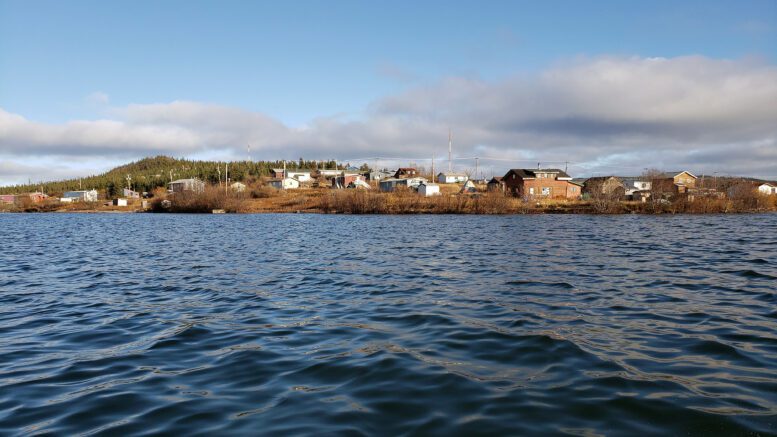Following spring break-up, water levels and flow rates remain low across most large lakes and rivers in the Northwest Territories, says the NWT’s Department of Environment and Climate Change.
May precipitation across the NWT was variable — where Yellowknife, Hay River and Inuvik received approximately average precipitation, Fort Smith received well below average precipitation and Fort Simpson and Norman Wells received above average precipitation.
Great Slave Lake water level is currently well below average. The water level is approximately 30 centimetres higher than the level recorded at this time last year and approximately 20 centimetres lower than the level recorded this time in 2023.
Slave River water level is below the average range for this time of year and is similar to the level recorded at this time last year.
Liard River water level, measured at both Fort Liard and near the mouth, is well below average for this time of year.
Mackenzie River water level, measured at several locations along the river, is well below average.
Great Bear Lake water level is no longer at its lowest value on record but is still below average. Flow rates on the Great Bear River are well below normal for this time of year.
Exceptions to low water levels and flows include: the Peel River; the Coppermine River; some smaller lakes and rivers in the Sahtu region, including the Camsell River; and some smaller rivers in the Great Slave Lake basin, including the Taltson River.
The low water levels are the result of extreme drought conditions that began in the summer of 2022 and have persisted through 2023 and 2024.
Water levels on Great Slave Lake and the Mackenzie River this summer will be impacted by rainfall amounts in northern Alberta and British Columbia.





